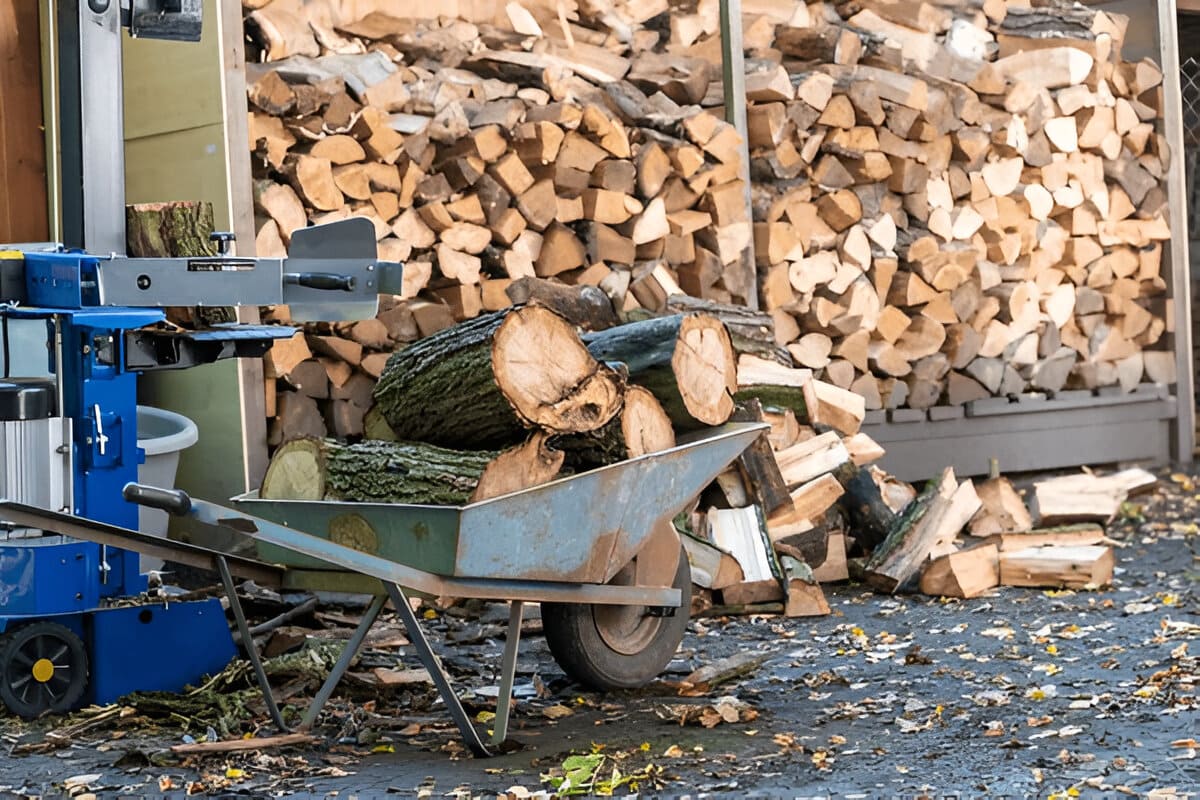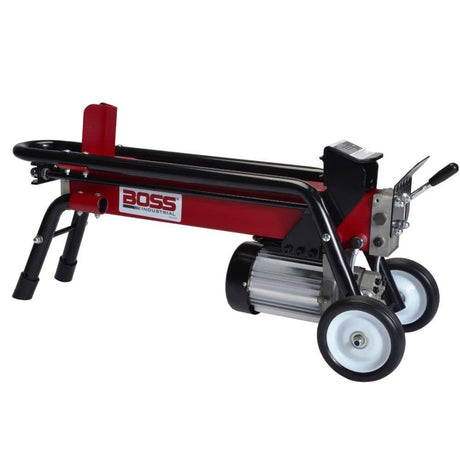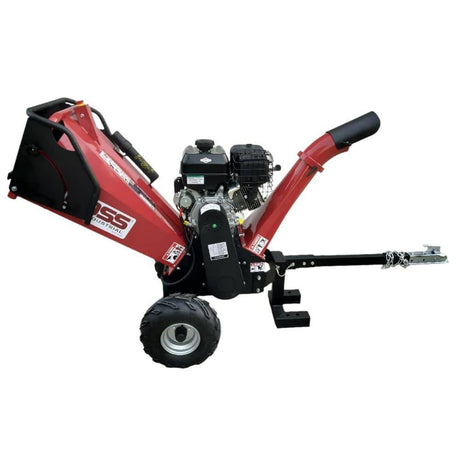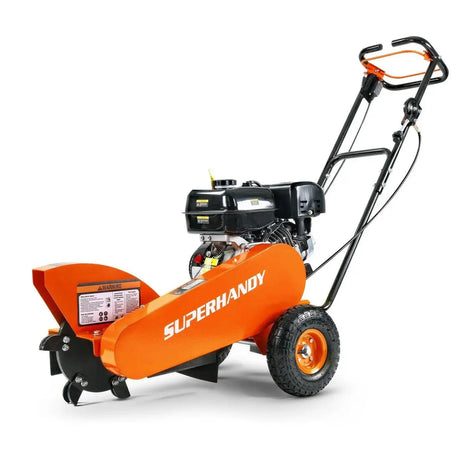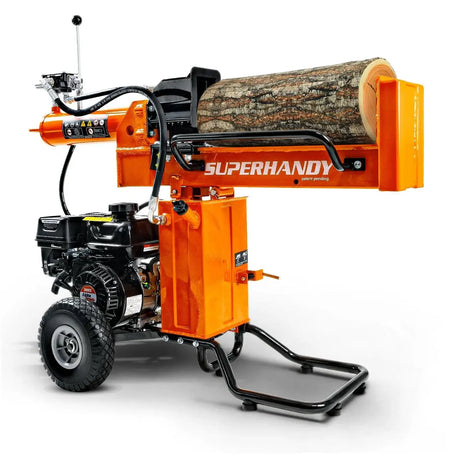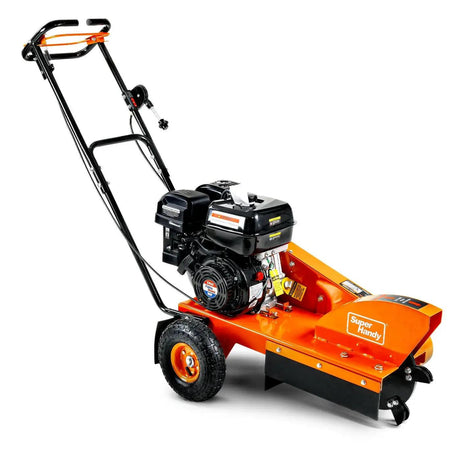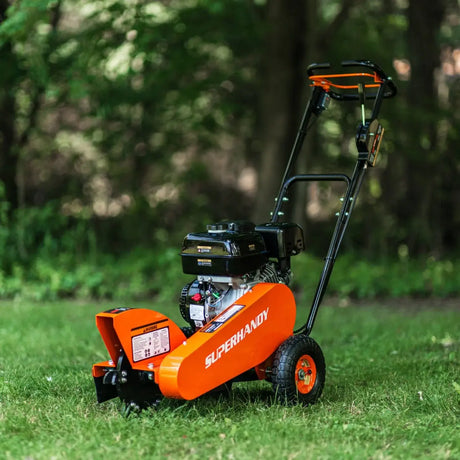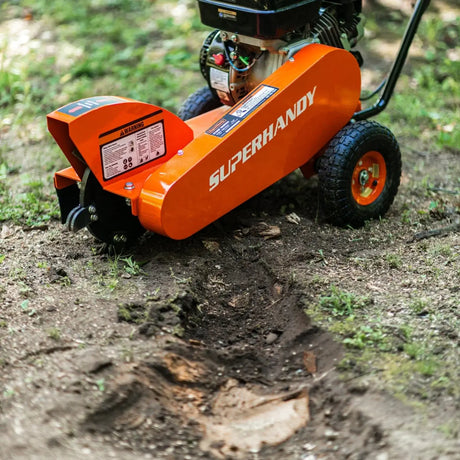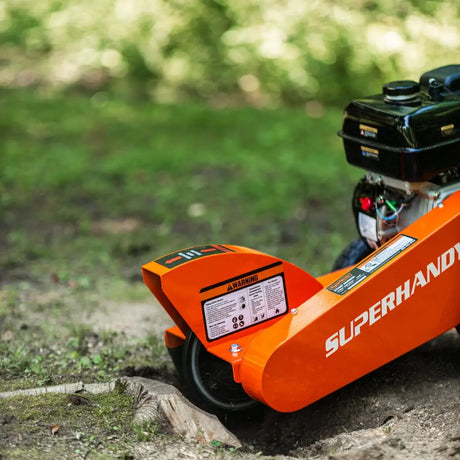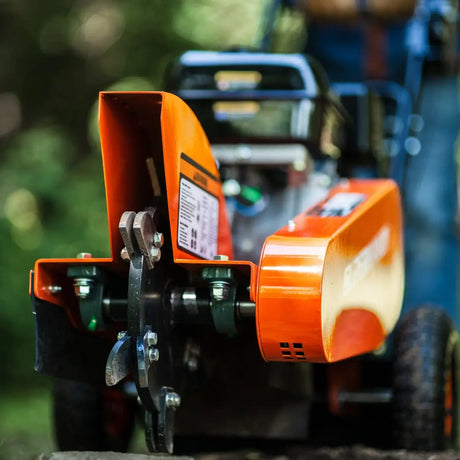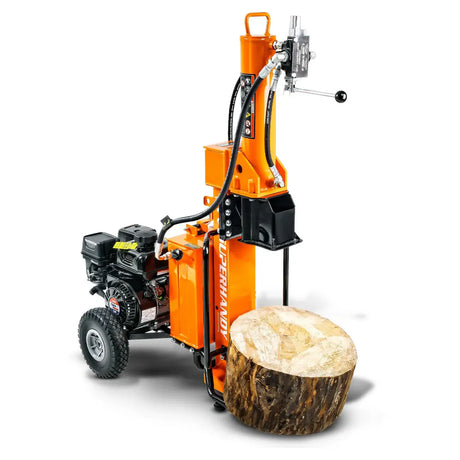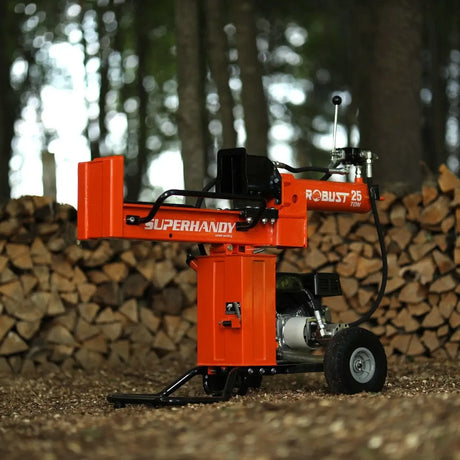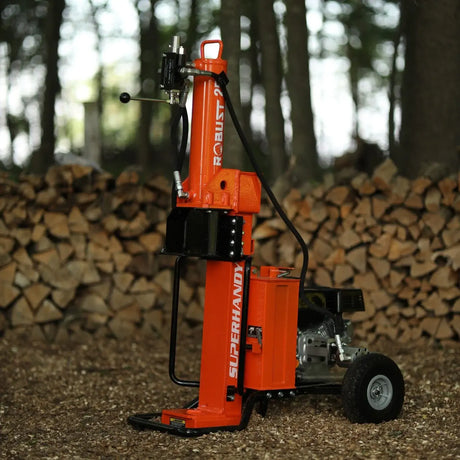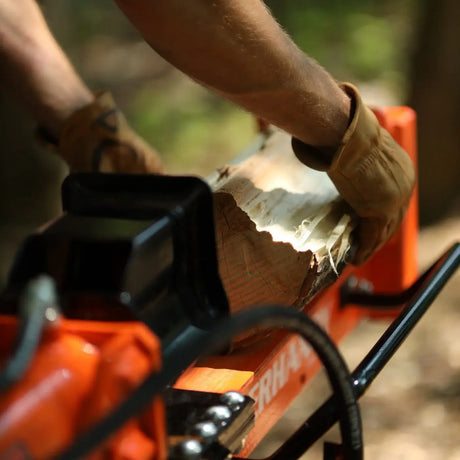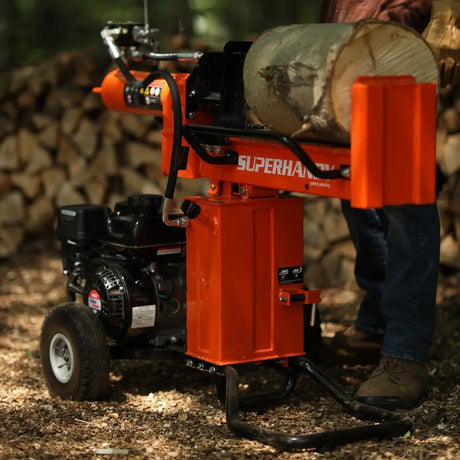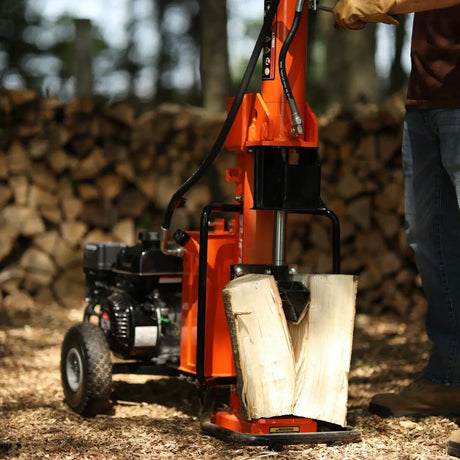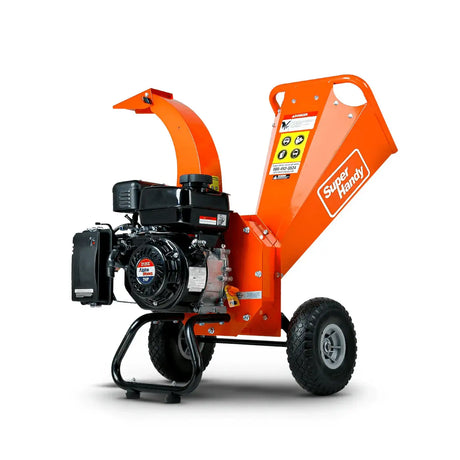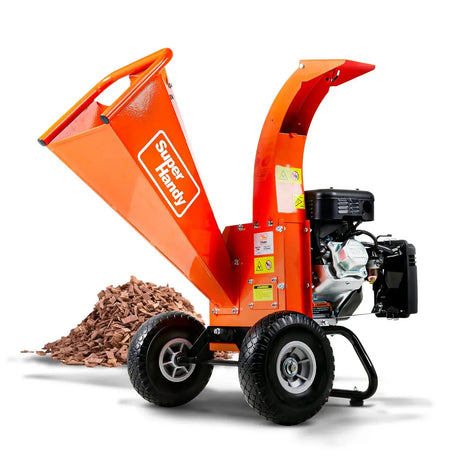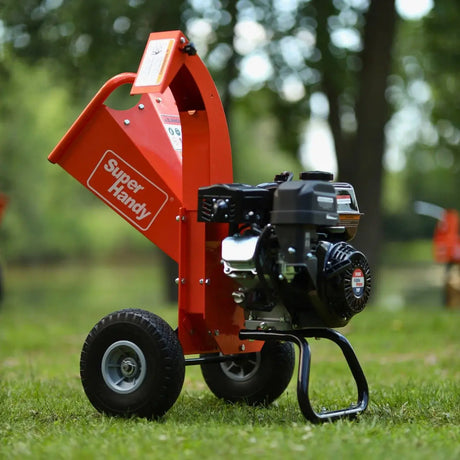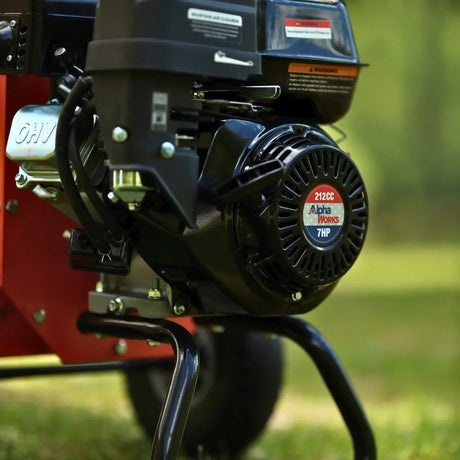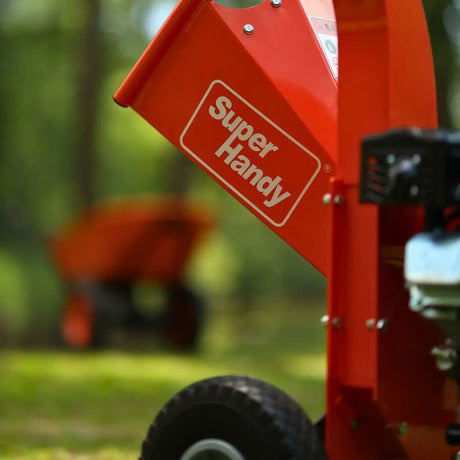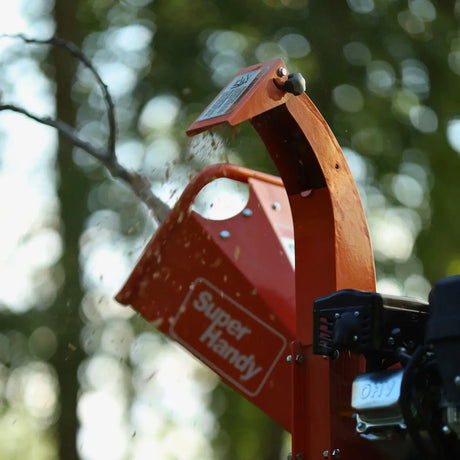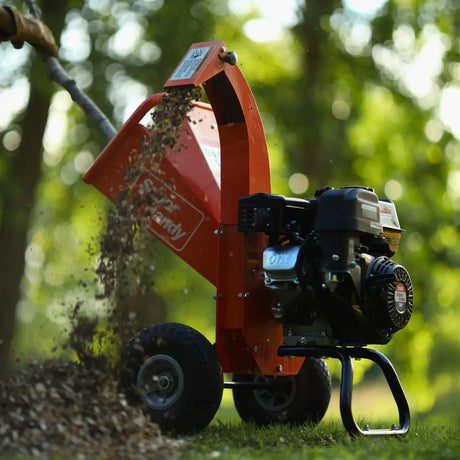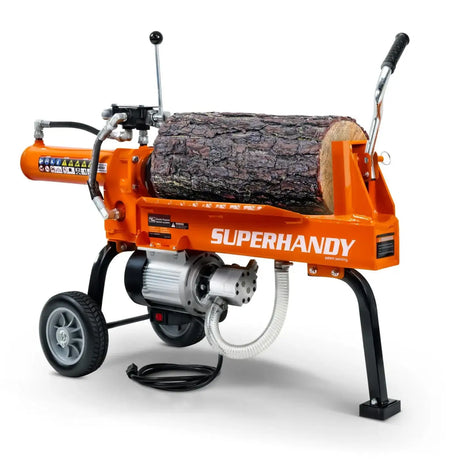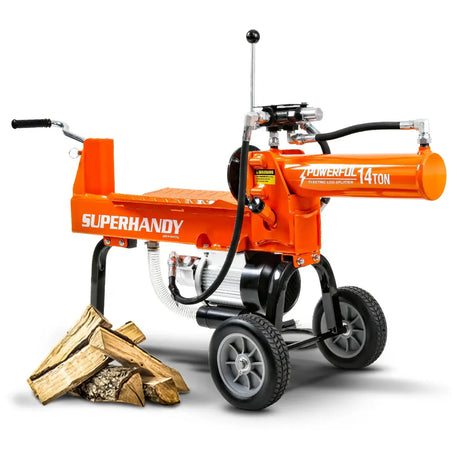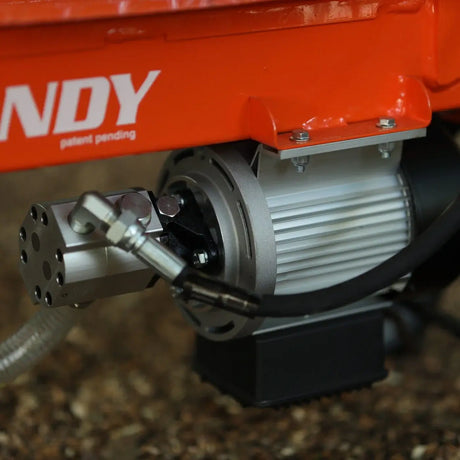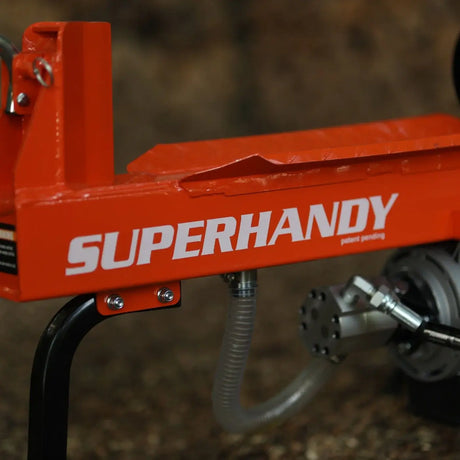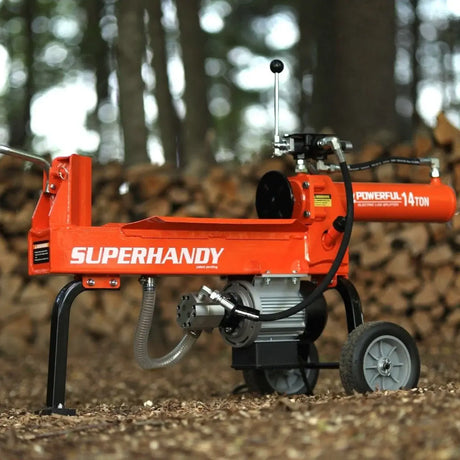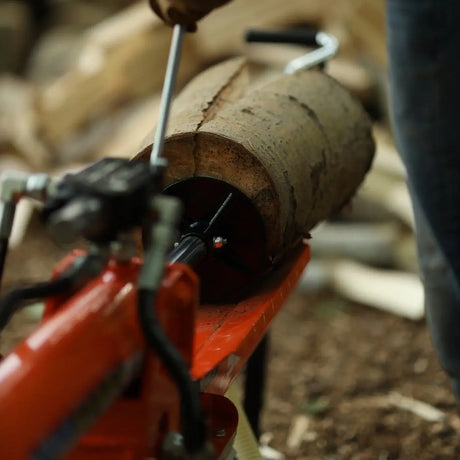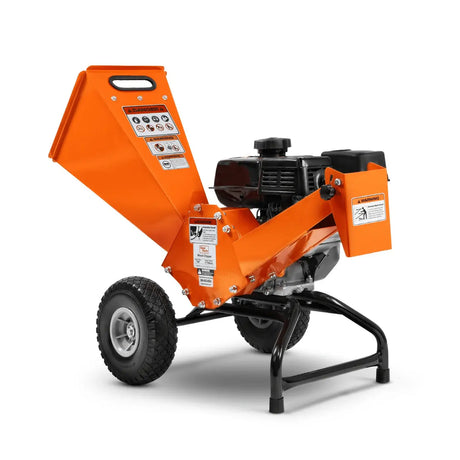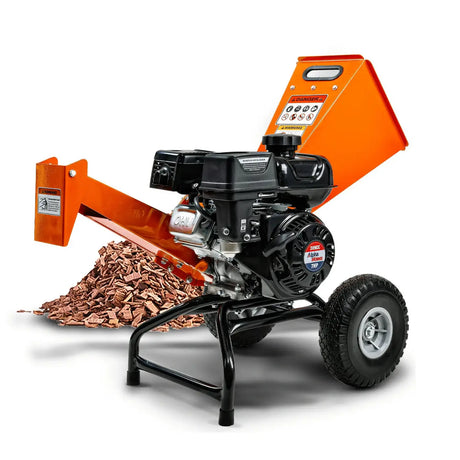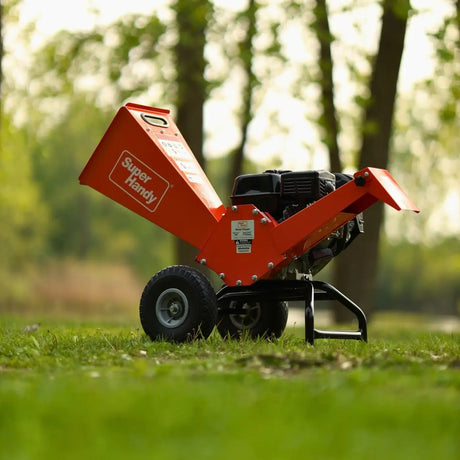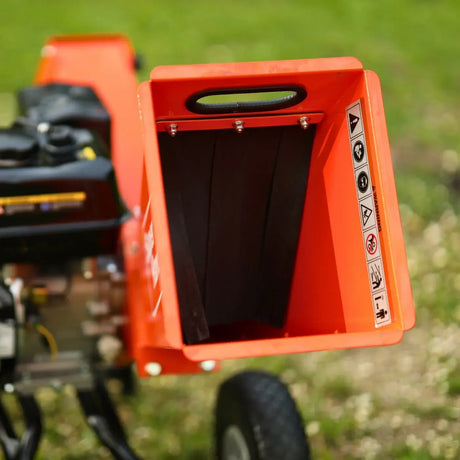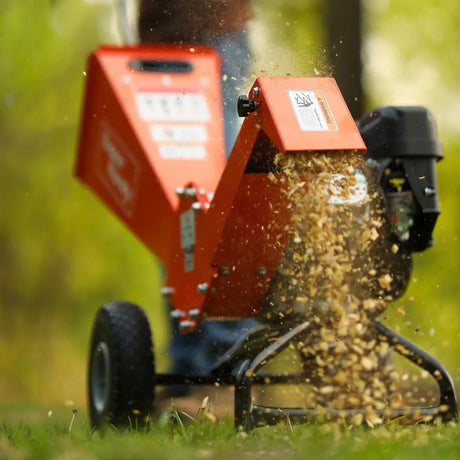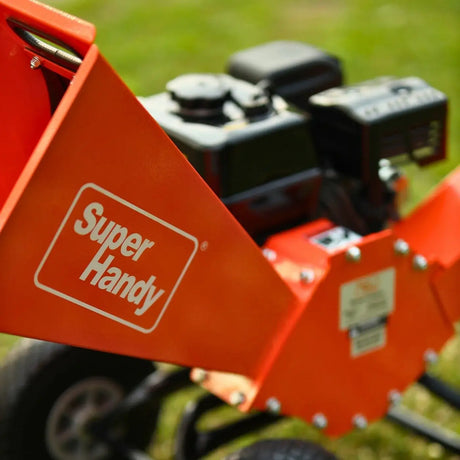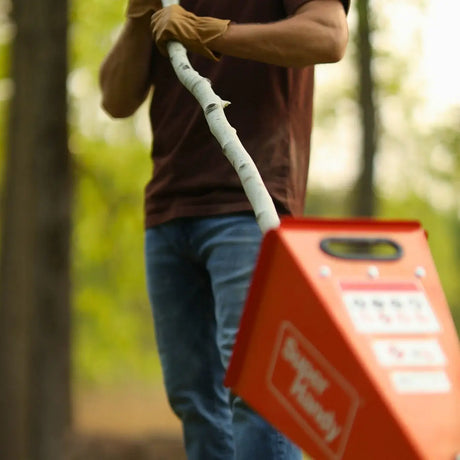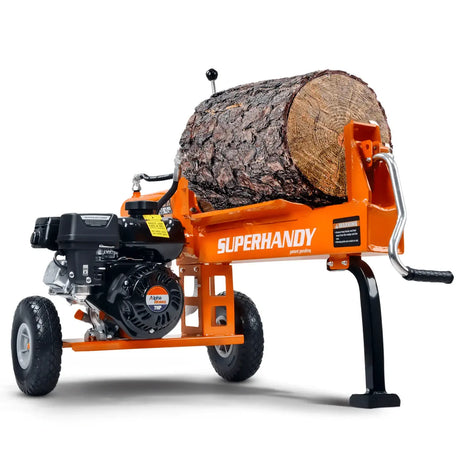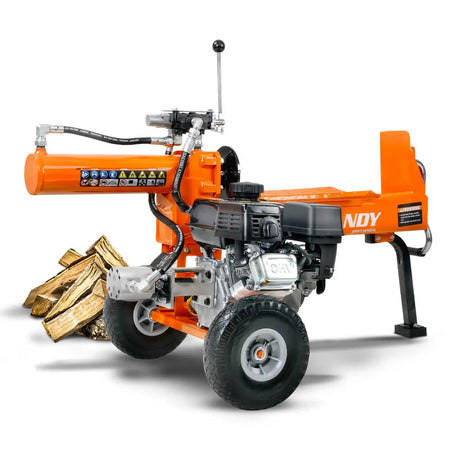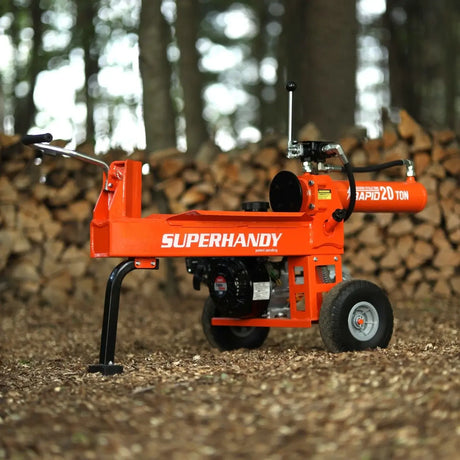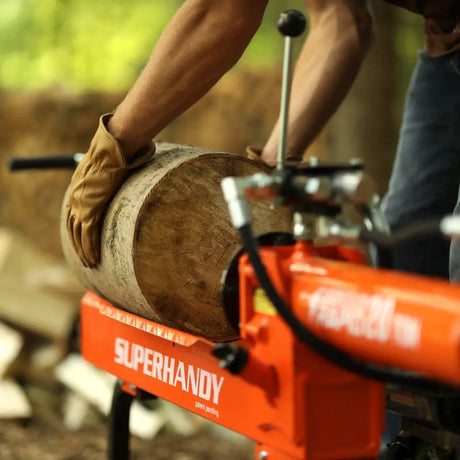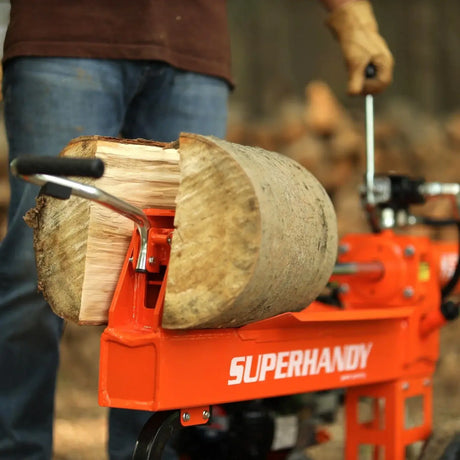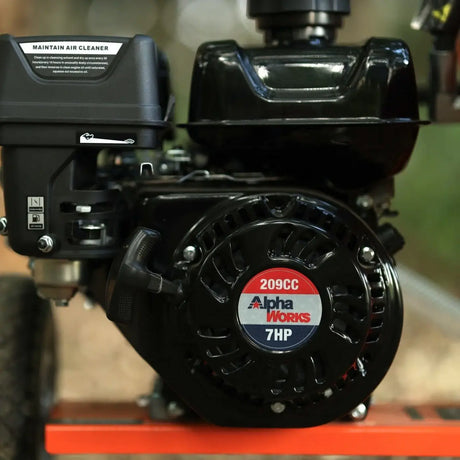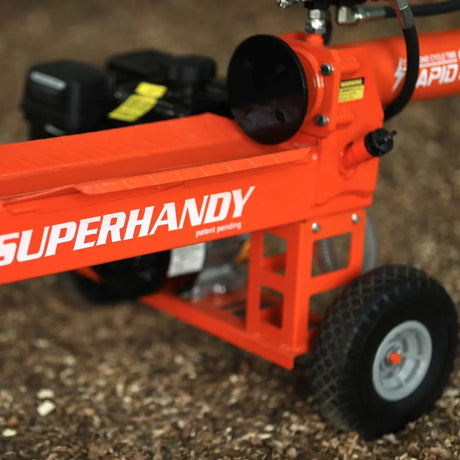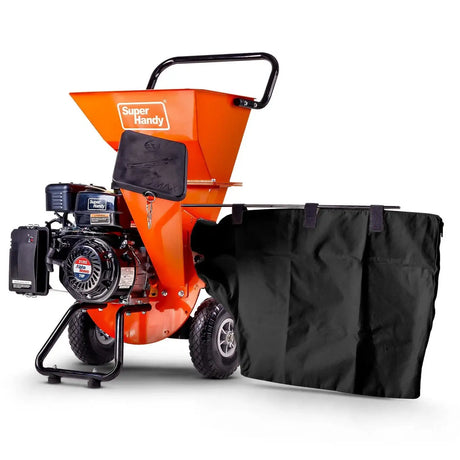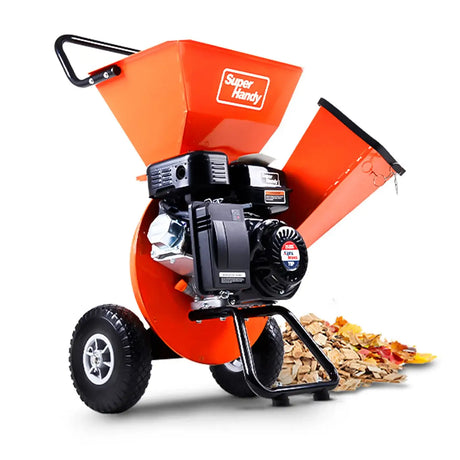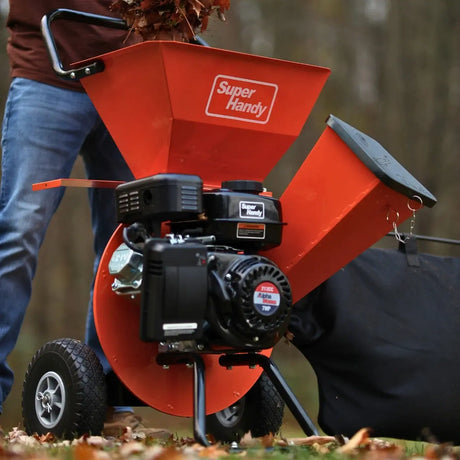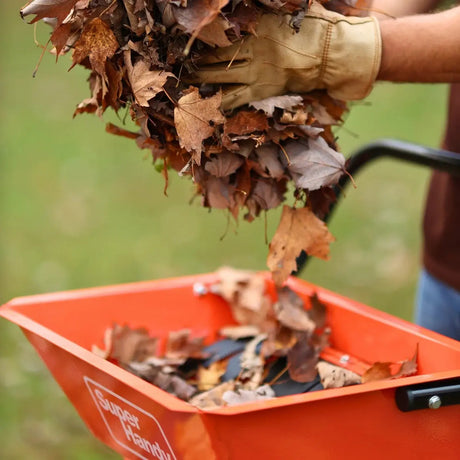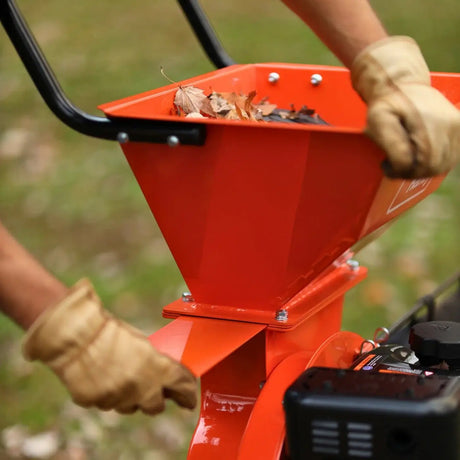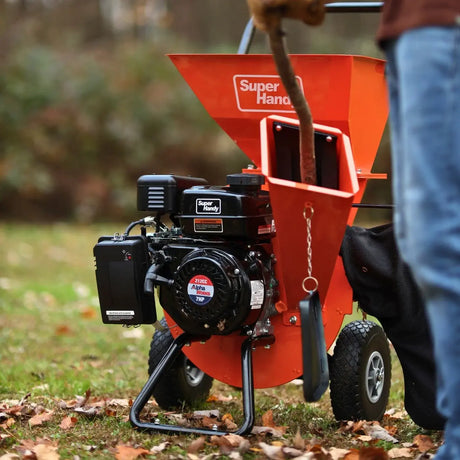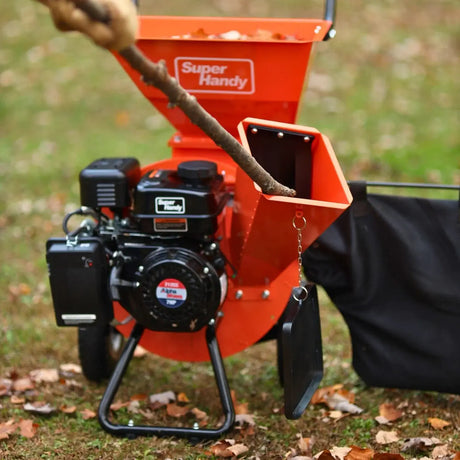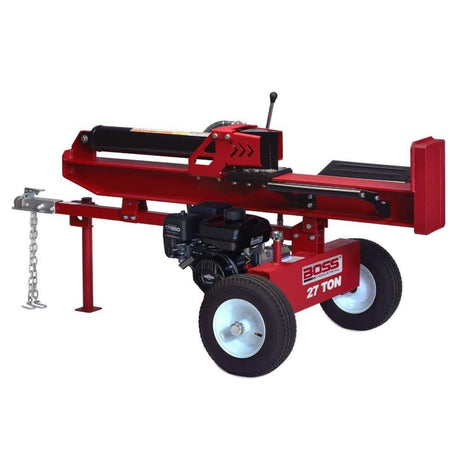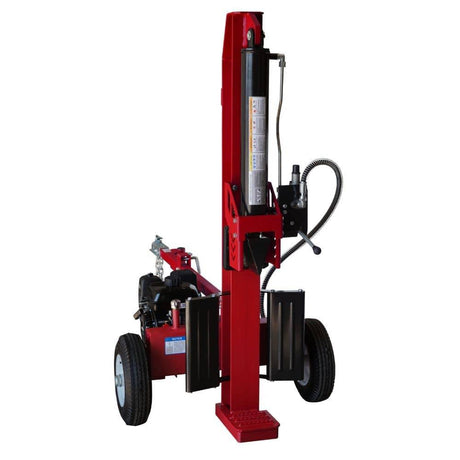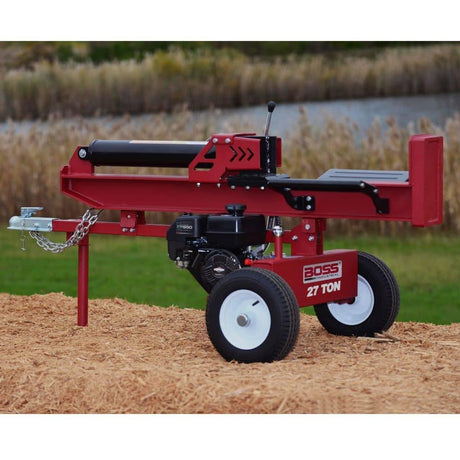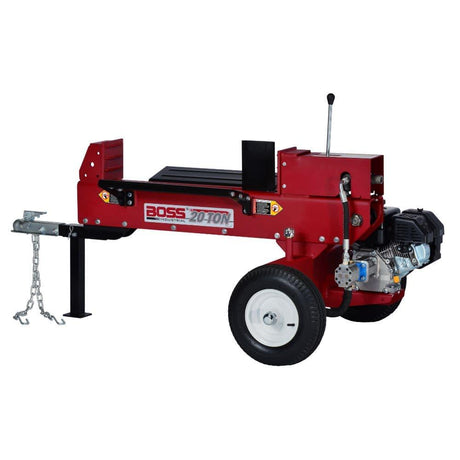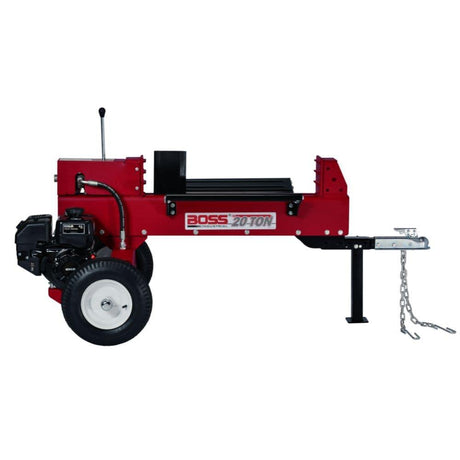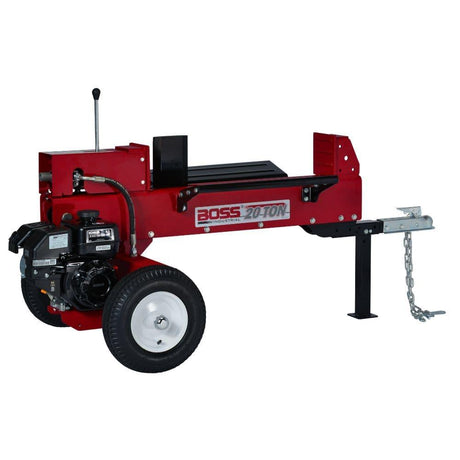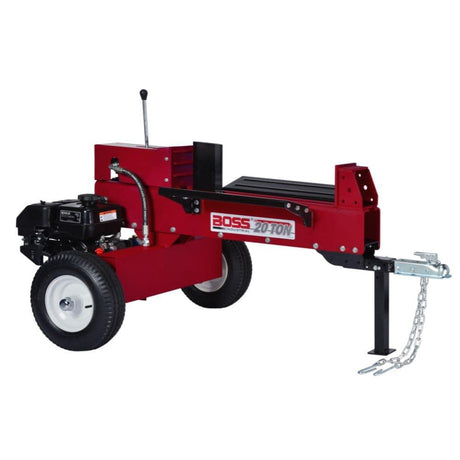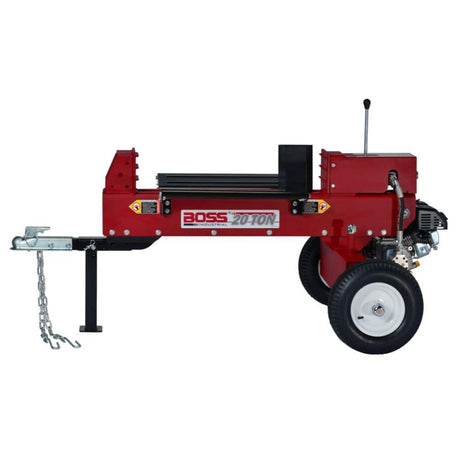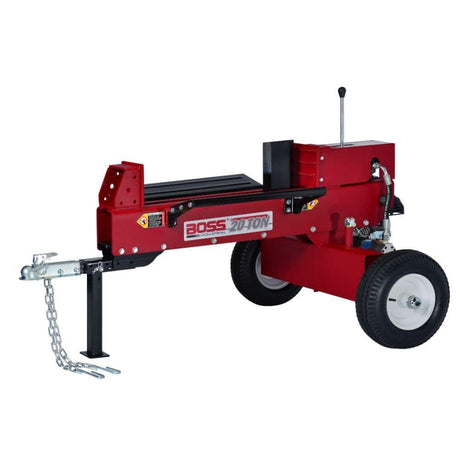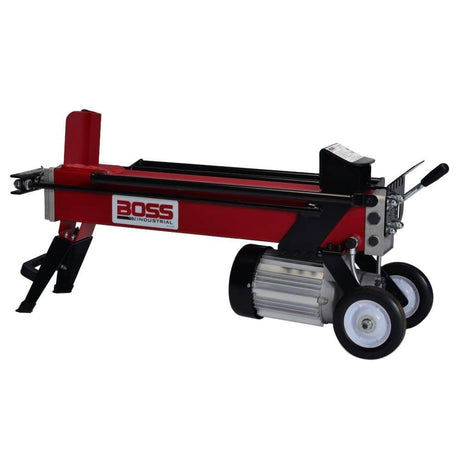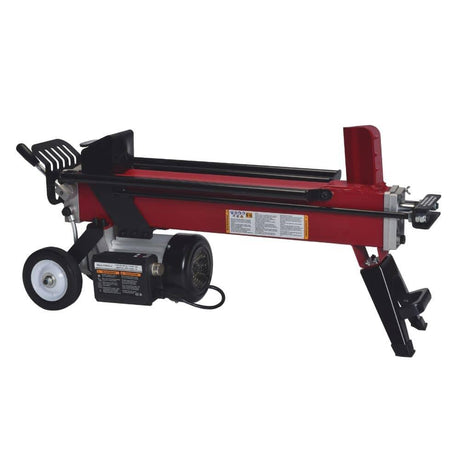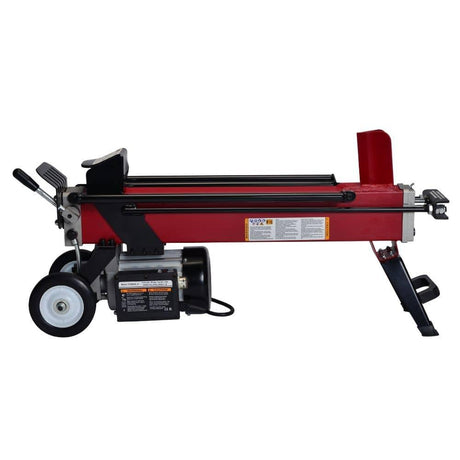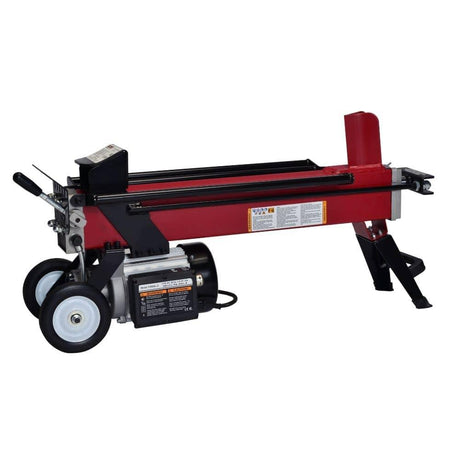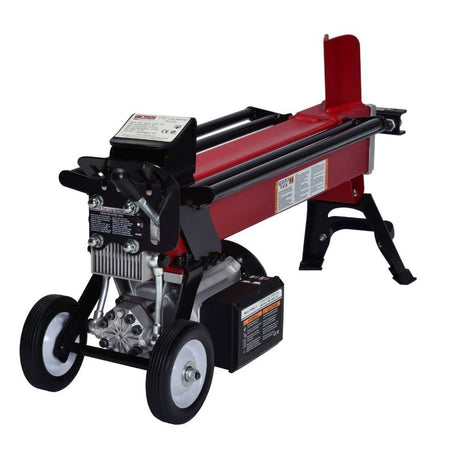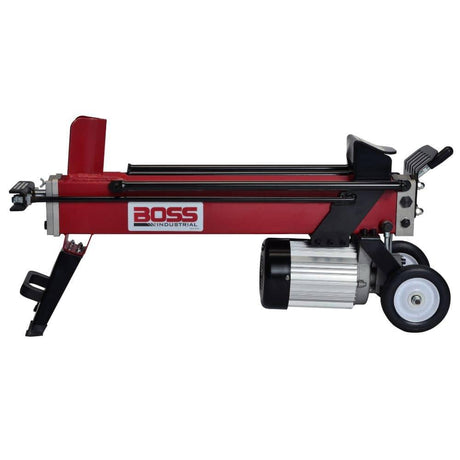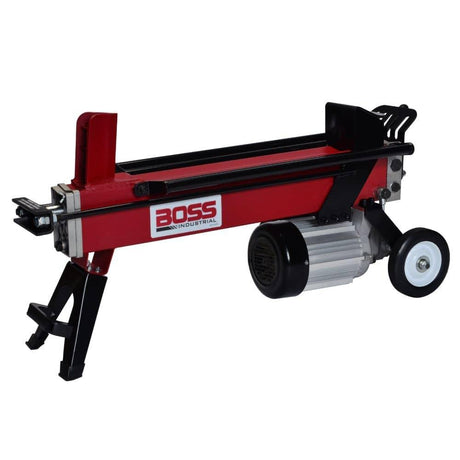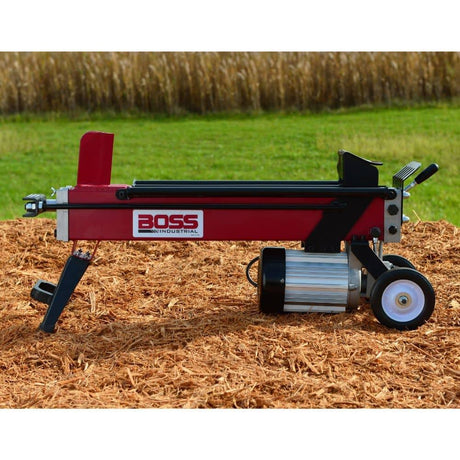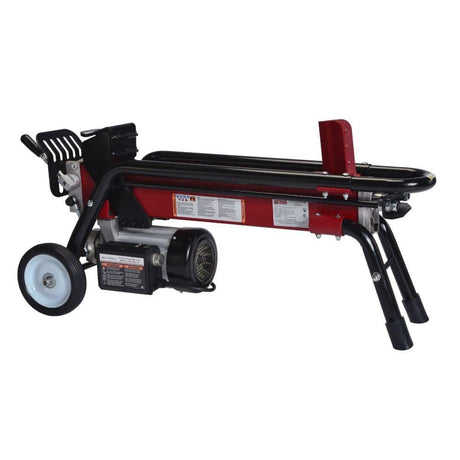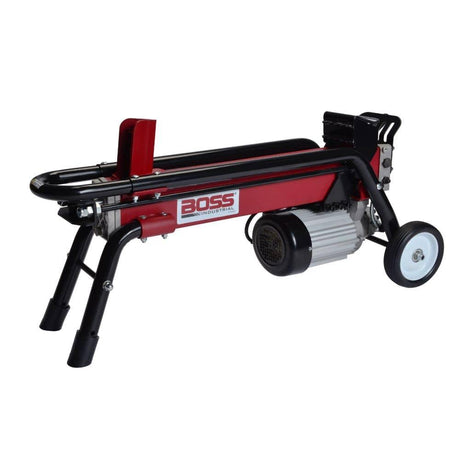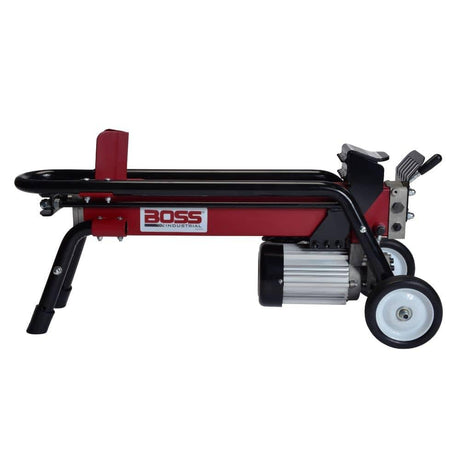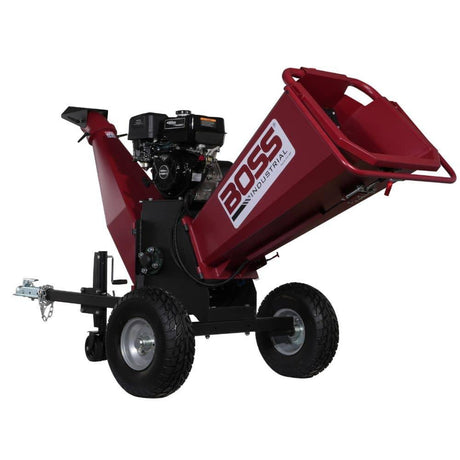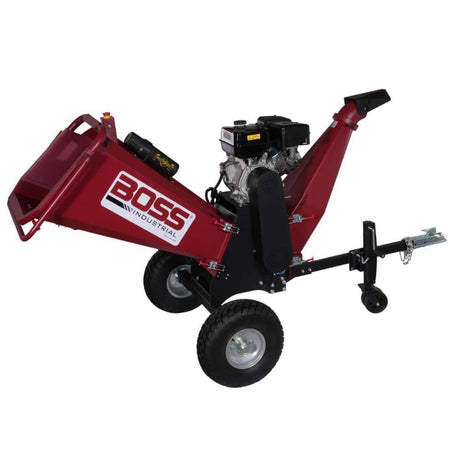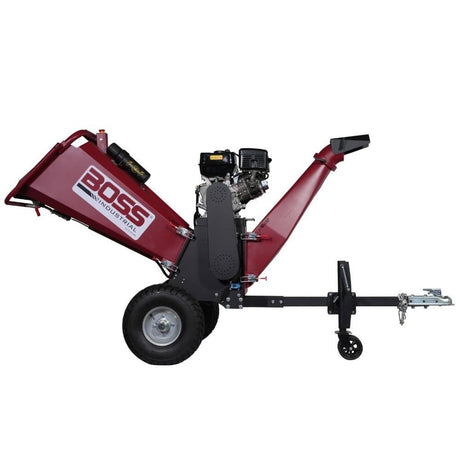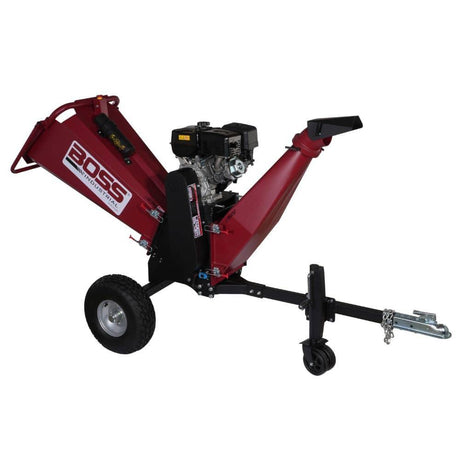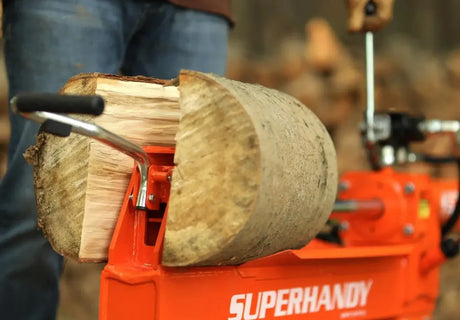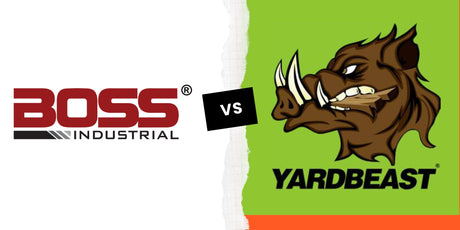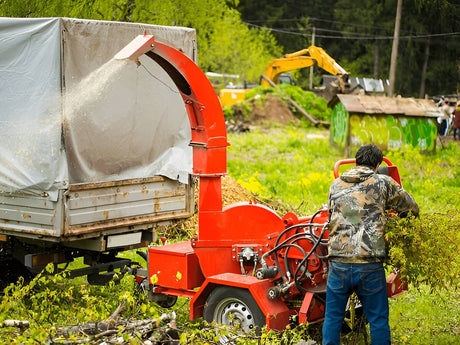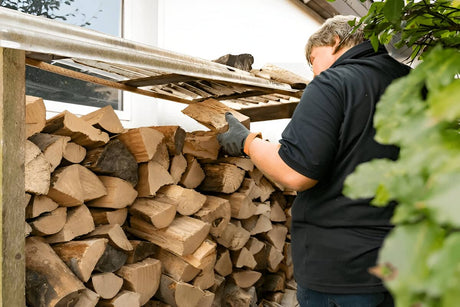Whether you're prepping firewood, cleaning up storm damage, or managing a rural property, there's no question-log splitters make hard work easier. If you've been on the fence, this breakdown will show how the right splitter doesn't just save time-it solves real problems.
Let's take a closer look at how log splitters help tackle the toughest jobs. And yes, we'll cover the big one: the 5 yard work problems solved by a log splitter (and more).
If you’re looking for more solutions, check out our Top 7 Outdoor Tools That Make Yard Work Way Easier to see extra ideas.
Key Takeaways
- A log splitter reduces strain, speeds up wood processing, and adds consistency to every split.
- From cold weather to tough logs, it's a tool built to handle real-world conditions.
- Understanding how pressure, oil, and hydraulic systems work helps you get more life and power out of your machine.

Clearing Fallen Trees and Branches
After storms or seasonal windbreaks, fallen trees leave you with a mess of wood. Chainsaws help clear branches, but splitting them down for firewood or disposal? That's where a log splitter earns its keep.
If you need to shred debris quickly, learn about What Is a Wood Chipper Machine and How Does It Work to compare your options.
With the correct model, even heavy use won't slow you down:
- Process logs with greater force than an axe could ever generate.
- Use hydraulic pressure to split twisted, knotted wood that would normally stop you cold.
- Handle all kinds of debris-from soft branches to stubborn trunks.
If you've got a rural property or do regular tree work, a splitter becomes essential gear.

Reducing Physical Effort
Swinging a maul is fine for 15 minutes. But if you're splitting wood for a whole season, you'll burn out before the first log pile is done. A log splitter turns a full-day chore into a half-hour task.
Especially with an electric log splitter, you can:
- Skip the fuel and fumes-just plug into an extension cord and start working.
- Let the pressure plate do the pushing, not your shoulders.
- Maintain steady operation, even in cold weather, with proper hydraulic oil levels.
For older users, those with injuries, or anyone splitting logs regularly, it's not just helpful-it's a back-saver.
Speeding Up Wood Processing
When you're working with long periods of cutting or clearing, speed matters.
A log splitter doesn't just make the job easier-it makes it faster:
- Quick cycle times from modern electric motors and efficient valve systems.
- High-pressure ram and piston action means fewer misfires or logs getting stuck.
- Consistent splitting so you don't have to stop, reposition, and swing again.
Just be sure your logs are loaded properly-not too wide, not too long. And always check your bleed valve before starting to avoid pressure issues.

Enhancing Safety During Wood Splitting
Axes bounce. Blades slip. And with each swing, you risk pulling a muscle or worse. A log splitter keeps things grounded, steady, and safe-if you follow the basics. Want a step-by-step walkthrough? Learn how to use a log splitter safely and like a pro.
Here's how it helps:
- The pressure plate holds the log in place throughout the cycle.
- Built-in hold open features keep hands clear of moving parts.
- Hydraulic fluid systems prevent sudden jolts or reversals in pressure.
- Less vibration, less kickback, and no need to chase logs rolling off uneven surfaces.
Still, watch for oil leaks, especially around worn seals, hoses, or loose screws. And always bleed out excess air before each session-especially in cold weather, when hydraulic fluid contracts and builds pressure.
Producing Consistent Firewood Sizes
Nothing's worse than loading the stove with one log that burns in 20 minutes, then another that smolders all night. A log splitter ensures every piece is even and burn-ready.
Here's why that matters:
- Uniform splits make stacking and drying easier.
- Splitting wood to consistent sizes improves airflow and reduces smoke.
- You'll avoid wasting time re-splitting oversized pieces.
If you're working with hardwoods, check your oil levels and give the machine time to warm up-hydraulic oil flows better once the machine warms, avoiding weak response during early cuts.

Handling Large Logs with Ease
Big logs are where splitters shine. Manual tools can't generate the driving force needed to split through dense or frozen rounds. If you’re unsure which splitter type fits your needs, compare vertical vs. horizontal log splitters here.
What makes a log splitter the better choice:
- Delivers greater force through hydraulic hoses and precision piston systems.
- Breaks down logs too wide for manual tools, thanks to wider pressure plates and narrow rod design for better leverage.
- Works through cold weather, knotty grain, or damp wood without skipping.
Watch for shipping plugs still in place on new units-they can restrict pressure buildup and cause weak or jerky movement. Replace them with a proper bleed valve before first use.
Summary
A log splitter doesn't just make yard work easier-it solves problems that slow you down, wear you out, and waste your time. From reducing strain to speeding up firewood prep, it's a machine that earns its place in any serious wood-handling setup. To keep it running smoothly season after season, follow this expert log splitter maintenance guide.
If you're dealing with logs, branches, or cleanup after storms, don't just cut-split smarter.


